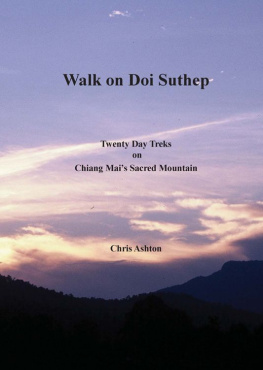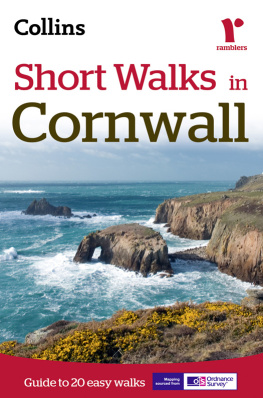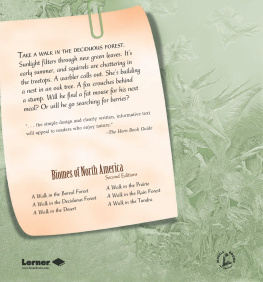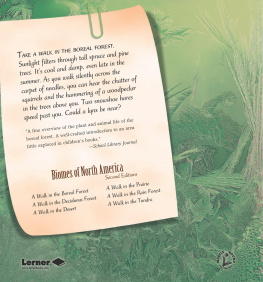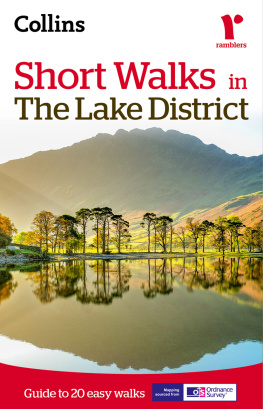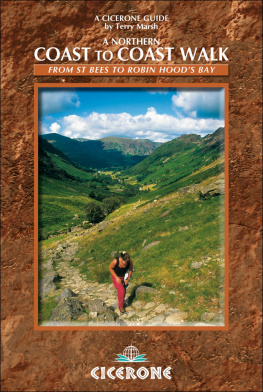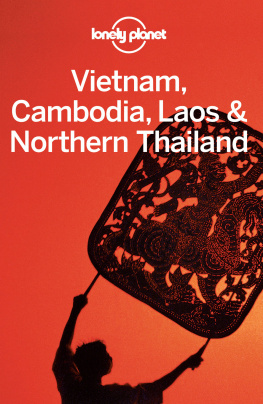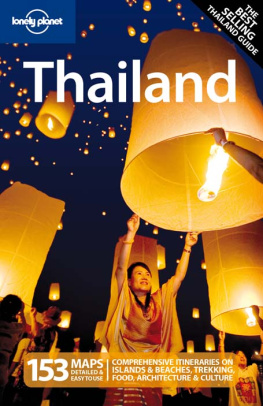Walking on Doi Suthep
Acknowledgements
The following people for walking the walks:
Dave Ballard for doing many, Glen Black, Jimi Riden, the fit (very) Jones family from Perth.
Thanks also to the Hmong family who drove me of the mountain the day I started to come down with dengue fever.
Website
www.doisutheptreks.com
www.chiangmaitreks.com
Look out for updates of walks in this book as well as new free walks to be posted here.
Copyright by Quicksilver Books 1012
Quicksilver Books PO BOX 56 Hang Dog Post Office, Hang Dong, Chiang Mai 50230, Thailand
Golden Rules
Simple guidelines to support safe waking on the mountain
- Always set off early in the day so as to avoid being stuck out three in the dark and rain.
- Let someone know where you are going and when you expect to be back.
- Wear a hat it prevents sunstroke.
- Use sun block and long sleeves it cuts down on skin burn.
- Remain hydrated a headache indicates the onset of dehydration.
- Stay on the paths if you wander off you can get lost. All paths usually lead somewhere.
Preface
This is a guidebook to 20 walks on Doi Sutep that have been researched and walked over a period of several years. The author uses ancient paths, newer tracks and hard topped roads to take the walker through a variety of landscapes from virgin evergreen forest to pine forest to tribal villages and cultivated land to Thai temples across streams and past water-falls.
The text includes detailed maps and information on how to get to the walk site and the difficulty level of the walk. Introductory information deals with fitness, health, climate, culture and so on. Each walk can be completed within one day and can be accessed quickly and easily from the tourist centre of Northern Thailand, Chiang Mai.
In all the many visits made during the research for this book only a few other recreational walkers were encountered. Many of the commercial trekking tours to new unspoilt areas in Northern Thailand feature crowds of young backpackers meeting up in remote places. In contrast, what is offered here is a set of plans for the self-reliant walker to get quietly and easily into nature without the fuss and without the crowd. Recreational walking close to nature in the great outdoors becomes more popular in Europe and the Americas and Asia, providing as it does the opportunity for people to exercise gently in a beautiful environment.

Introduction
Doi Sutep (Sutep mountain) is considered by many Thais to be a special place. The city of Chiang Mai is the ancient capital of the northern Thai kingdom of Lana. Outside the city walls and to the west there stands Doi Sutep, a mountain imbued with special significance for all Thai people. It is a sacred mountain, an important place of pilgrimage. A temple is found upon a long and steep road that leads from the city to the mountaintop. It is here, in Wat Pra That Doi Sutep, that relics of the Lord Buddha are held. Several walks start from here. Further along the same forest road the King of Thailand has a palace. Further on above the palace there are the ruins of another temple only recently excavated and about which very little is known.

Legends associated with the mountains refer to family of giants who roam the quiet mountain paths. The stories say that these giants were cannibals who preyed upon travelers. They were converted from this unsociable habit after conversing with the Lord Buddha who in legend once walked upon the mountain. Once a year a sacrificial ceremony still takes place in the honour of the giants. The ceremony involves the ritual slaughter of a water buffalo and local spirit mediums becoming possessed by the spirits of the giants. Two walks pass close by this site at Doi Kham.
Doi Sutep is not just one mountain but is in fact a mountain range. It borders the flat Ping River Plain rising in a series of folds and clefts up to the twin peaks of Doi Sutep at 1601 metres and Doi Pui, the highest point at 1686 metres. On the higher slopes there are villages of the Hmong tribal group who habituate cooler, higher elevations throughout the region.
The Ping River Plain can be almost unbearably hot in the summer months of April, May and June. The mountain offers a place of refuge from the stifling heat of the valley. All year round it is a place where you can very quickly (20 minutes) escape the noise and smells of the modern city and be in the heart of a mountain forest. Streams run down the steep east slopes to the city providing a valuable reservoir for citys water.
Its ease of access, its natural beauty and the refreshing cool of the higher slopes make it an ideal place for short walking tours. Though close to town is it far from the crowds. Many of the commercial trekking tours to new unspoilt areas in Northern Thailand feature crowds of backpackers meeting up in remote places. In contrast, what is offered here is a set of plans for the self-reliant walker to get quietly and easily into nature without the fuss and without the circus.
The Walks : The area in which the walks are concentrated is the Doi Sutep-Doi Pui National Park. The walker is taken through a series of 20 walks which have been grouped into four geographical sections. There are walks on the East Slopes, walks on the North Slopes, walks on the South Slopes and walks in the South East. Temples have often been used as the markers for either the start or the finish of the walks. Temples are prominent both in the landscape and in the minds of the people in Northern Thailand and form the ceremonial and social focal point for Thai communities.
Walks are rated according to their level of difficulty. With red being the hardest walks and which require both a reasonable level of fitness as well as some experience at walking in unknown places. Blue walks are of medium difficulty. Green walks are relatively easy and take about 2-3 hours. All walks can be completed within a day. Each walk is described in detail. Descriptions include a guide to the approximate time to complete the walk; the approximate distance to the nearest kilometre; the walk location and how to get to the start.
Fitness and Dangers
Fitness: The walks in this book have been categorised in three levels of difficulty (see Section 3: The Walks). These levels roughly correspond to the type of level of fitness needed to the category of the walk. Even for the toughest walks you certainly don't need to be super-fit. Do remember though that at certain times of the year and particularly on the lower slopes you could be walking in temperatures of 30 C and above. Some of the walks have steep sections and these can come on the back of several hours of walking.
Dehydration: In the wet season when the humidity is high a strenuous walk will have your shirt soaking. The dry season will tend to keep your shirt likewise dry. At whatever time of year you walk you will be loosing liquids and minerals. The onset of a headache is a sure sign that you are dehydrating. Take a bottle of water. An even better idea is to mix in a packet of electrolytes so as to replace sodium and potassium loss more quickly. When you get back to refreshments, take a rest and a long drink of water with electrolytes before reaching for that first beer. If you don't, the hangovers can be horrendous, let alone the levels of inebriation.

Next page
